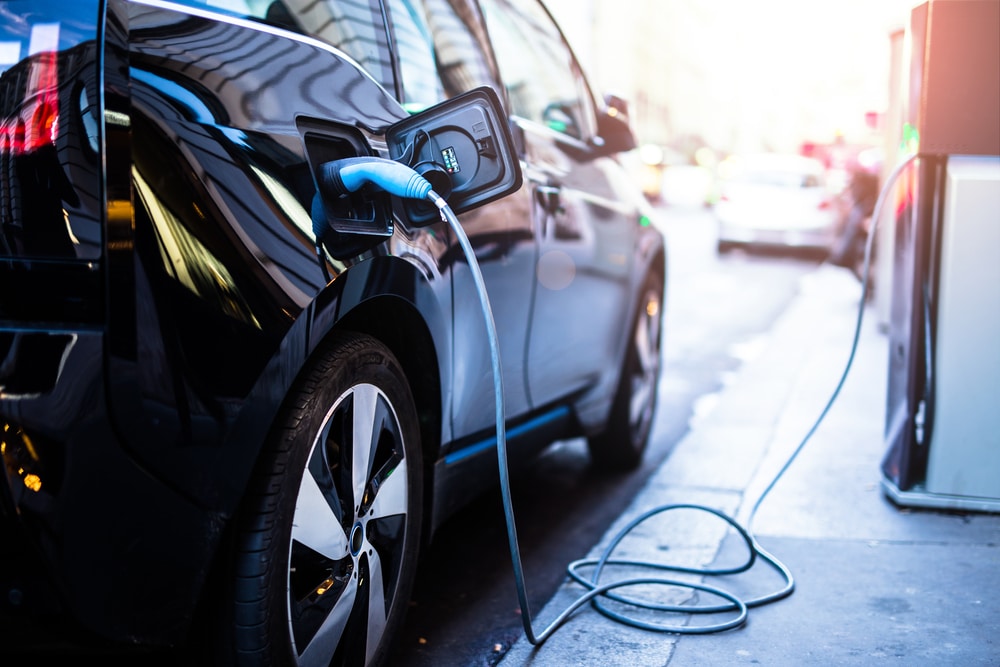When it comes to electric vehicles, Australia is a dream country. It is hot and it is flat, so you can easily charge vehicles and get maximum mileage out of them before needing another charge.

In other countries, electric vehicles are selling like hotcakes, largely because of innovations being produced by global leaders like Tesla and Volkswagen.
According to data assembled in mid-2020, China is still the world leader, with 1.2 million units sold in 2019 – a rise of three per cent on the previous year. Europe is the region to watch, with sales soaring by 25 per cent in the first quarter of 2020.
Here in Australia? We are slowly coming to the party with 20,000 electric vehicles on the road, but that is just a drop in the ocean when there were 19.8 million registered motor vehicles on the road in 2020. It has been predicted that the rate of adoption will increase by 50 per cent in 2021, but that is still just a matter of a few thousand compared to millions of petrol or diesel vehicles.
Even when offered huge incentives, we snubbed our noses
In 2019, the Labor opposition came into the Federal election with their noses in front of the polls. Our would-be Prime Minister then pledged millions into research and development for EVs, revealing a policy that would see half of all new car sales in Australia become electric vehicles by 2030. Labor lost.
So while Australians are adopting solar panels at record rates and embracing recycling and other sustainability schemes, why are they thumbing their noses at electric vehicles?
Cost is a factor
Aussies love a bargain, and while electric vehicles have come down massively in price, a bargain they ain’t. Of course, when you factor in the money you will save on petrol, they are incredibly affordable, but Australians aren’t ready to shell out the extra money just yet.
Australian Fleet Management Association (AFMA) revealed that a survey of 177 motoring organisations showed that 60 per cent of us think that the purchase cost is too high. The survey then revealed the next biggest barrier is the limited number of models available.
Range anxiety
Australia is a country like no other. We are essentially a massive island where people like to live on the edges near the water, with large gaps in between major cities.
A lot of Australians have a large ‘range anxiety’ over the number of fast-growing charging stations that we have around the country. No one wants to drive a vehicle that could see them stranded because they have run out of charge.
Are their fears justified? To a degree. Modern electric vehicles are capable of over 500km on a single charge, especially on flat highways around Australia. There are many chargers available as you can see on this map, but until there is a significant investment in more fast-charging stations and fewer blackspots, then this will continue to be a barrier towards the adoption of the electric car.












































